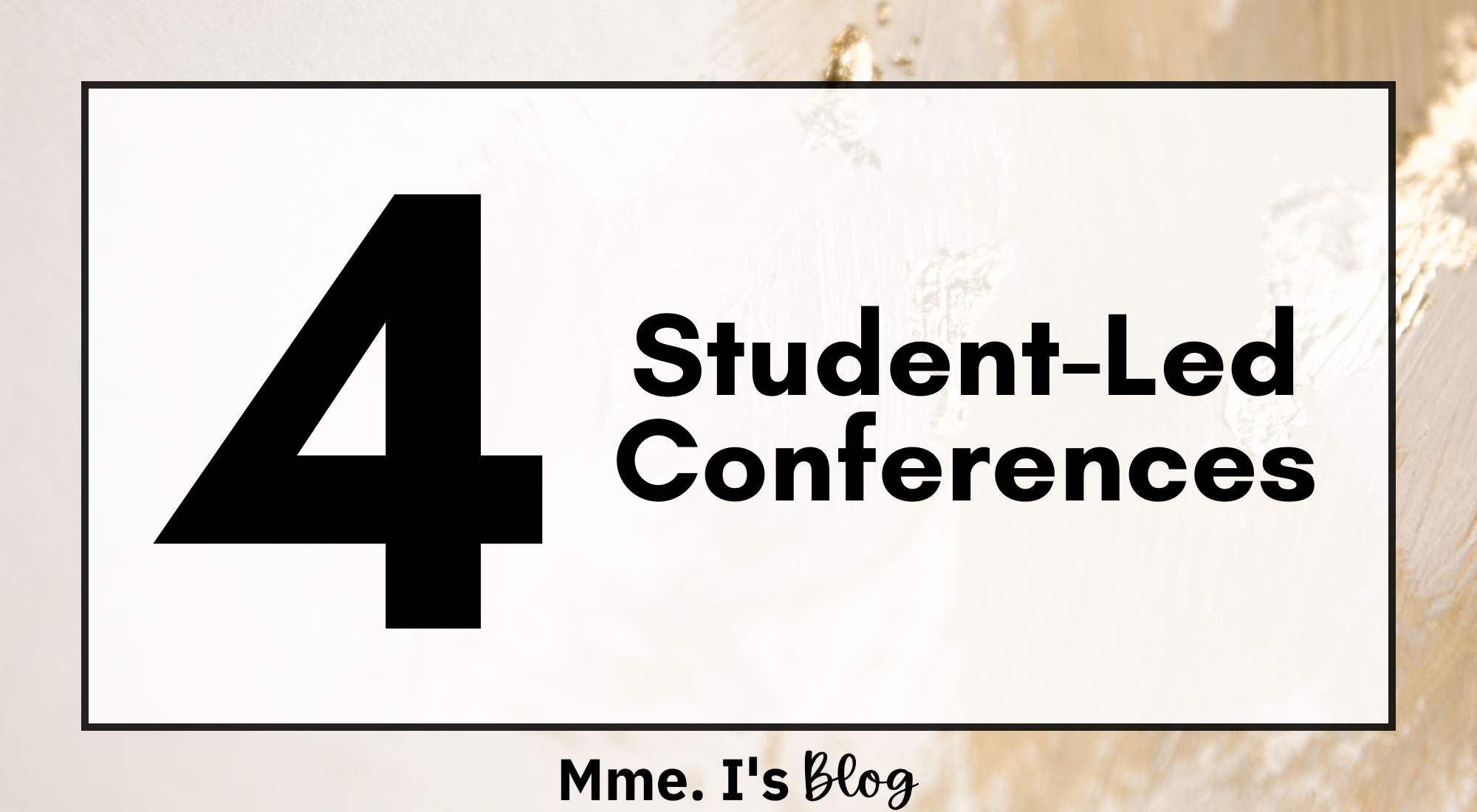
As teachers, our focus is usually on the end goal: the final grade. How can we get our students to the point where they earn a good grade? We stress over what to teach, how to teach, and then how to assess what we’ve taught. All so that we can assign them a grade that will be placed on their report card.
Throughout this process, how often do you focus on self-assessment in the classroom, when you give students a moment to stop and assess their own progress?
Self-Assessment is a very important part of the learning process but it is one that can easily be overlooked.
In this blog post, I’m sharing 5 ideas for promoting self-assessment in the French classroom.
Before we begin, let’s take a brief look at what self-assessment is and why it is important.
What is Self-Assessment and why is it important?
Metacognition is an important part of the Ontario French as a Second Language curriculum. Metacognition involves reflecting on one’s learning, setting goals, monitoring progress, identifying strengths and weaknesses, and adjusting learning strategies accordingly. Self-assessment is an integral part of metacognition.
Self-assessment encourages students to reflect on their learning progress and set goals for improvement. Students may assess their understanding of concepts, evaluate their work against established criteria, or set goals for future learning.
Self-assessments can be integrated at various stages during the learning process, such as at the beginning of a new unit, to monitor progress, after formative assessments, after group activities, in preparation for summative assessments and/or at the end of a unit.
Now, let’s look at 5 ideas for promoting self-assessment in the French classroom.

As language educators, while we can provide as much extrinsic motivation as we would like, to some extent, language learning requires our students to have some intrinsic motivation to learn (call it the buy-in, if you will). This is where goal-setting comes into play. At the beginning of the term, spend a period or two where students set goals for themselves. What do they hope to be able to achieve in your language class? How are they going to get there? Have them write it down.
Check out my Freebie Library for a FREE Goal-Setting Activity which is perfect for your French classroom. Click the image below to sign up.

One of the easiest ways in which we can promote self-assessment in the French classroom is through the use of self-assessment rubrics. I think this is one of the most common ways in which we often do so. These carefully crafted tools serve as a compass, guiding students in completing their assessments and assigned tasks. By incorporating self-assessment rubrics into various assignments, projects, and discussions, we provide a structured framework for students to analyse their strengths and pinpoint areas for improvement.
Have an assignment idea in mind? Looking for some editable, no-prep self-assessments? Check out THESE rubrics where you will also find the following FREE Rubrics Pack which includes a self-assessment.

Incorporate regular reflective journaling into your classes, where students write about their language learning experiences, challenges faced, and strategies employed. In my Core French classroom, I would permit students to do this in English so that it is an honest reflection and a productive activity. We don’t want our students to give up because they are unable to communicate their experiences in French. In an Immersion setting, if students have been given the necessary vocabulary, this could be completed in French. Start having students write journals once a month. This can be an effective practice. If required, you can space it out even more.

When it comes time for parent-teacher interviews, many schools are now heading towards student-led conferences where students present their work, their achievements and where they feel they need to improve. This is an excellent manner in which you can promote self-assessment in your French classroom. Set some time each month (or every other month) where you will have student-teacher conferences which are student-led. Allow students the time and opportunity to reflect with you on their learning.

The final idea for promoting self-assessment in the French classroom is to have students create portfolios. Within these portfolios, students compile their work, their reflections as well as their self-assessments.
Personally, I’m a fan of digital portfolios (less clutter in the classroom? Yes, please!) but hard copy portfolios work just as well. If you’re looking for a few digital options, my favourite platforms for hosting digital portfolios are Google Sites or Seesaw. Ultimately, you can use whichever platform is best for you and your students, one which you are most comfortable with.
Click HERE to check out my rubric pack for assessing student portfolios and having students assess themselves, as well.
That’s it for 5 ideas for promoting self-assessment in the French classroom.
What other ideas would you add? Or, have a question? Feel free to share in the comments below!



